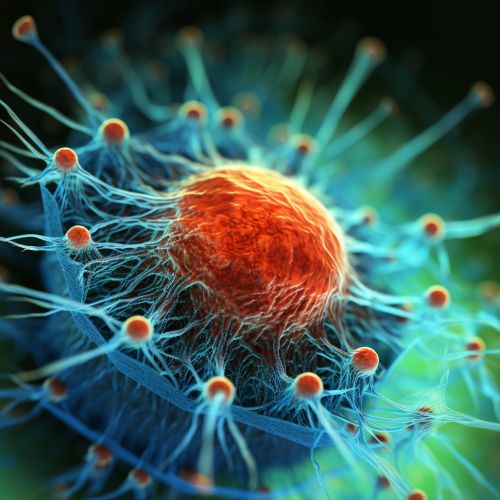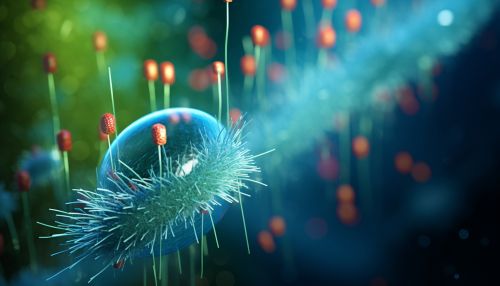Mechanisms of Antibiotic Resistance in Bacteria
Introduction
Antibiotic resistance in bacteria is a significant global health concern. It occurs when bacteria change in response to the use of antibiotics and become resistant to the drugs designed to kill them. This article will delve into the mechanisms of antibiotic resistance in bacteria, providing a comprehensive and detailed analysis of the topic.
Mechanisms of Antibiotic Resistance
There are four primary mechanisms through which bacteria acquire resistance to antibiotics: mutation, efflux pumps, alteration of target sites, and enzymatic inactivation or modification of the antibiotic.
Mutation
Mutation is a spontaneous and random alteration in the bacterial DNA sequence. This alteration can lead to changes in the proteins that are the targets for antibiotics, rendering the drugs ineffective. For instance, mutations in the DNA gyrase gene can lead to resistance to quinolone antibiotics.


Efflux Pumps
Efflux pumps are proteinaceous transporters located in the bacterial cell membrane. They can recognize and expel a wide range of antibiotics from the bacterial cell, thereby reducing the concentration of the drug to a sub-lethal level. This mechanism is commonly seen in resistance to tetracyclines and fluoroquinolones.
Alteration of Target Sites
Bacteria can alter the target sites of antibiotics, making the drugs unable to bind and exert their action. This mechanism is commonly seen in resistance to macrolides, where the bacteria modify the ribosomal target site.
Enzymatic Inactivation or Modification
Some bacteria produce enzymes that can inactivate or modify antibiotics, rendering them ineffective. This mechanism is commonly seen in resistance to beta-lactam antibiotics, where the bacteria produce beta-lactamase enzymes that break down the antibiotic.
Factors Contributing to Antibiotic Resistance
Several factors contribute to the development and spread of antibiotic resistance in bacteria. These include misuse and overuse of antibiotics, lack of new drug development, and the ability of bacteria to share resistance genes.
Misuse and Overuse of Antibiotics
The misuse and overuse of antibiotics in human medicine and agriculture have significantly contributed to the development of antibiotic resistance. This includes using antibiotics when they are not needed, not completing the prescribed course of treatment, and using antibiotics as growth promoters in livestock.
Lack of New Drug Development
The lack of new drug development is another significant factor contributing to antibiotic resistance. As bacteria become resistant to existing drugs, there is a need for new antibiotics to treat these resistant infections. However, the development of new antibiotics has been slow, leading to a gap in the treatment of resistant infections.
Bacterial Gene Sharing
Bacteria have the ability to share resistance genes through a process known as horizontal gene transfer. This allows resistance to spread rapidly among bacterial populations, leading to the emergence of multi-drug resistant strains.
Conclusion
Understanding the mechanisms of antibiotic resistance in bacteria is crucial in the fight against antibiotic resistance. By understanding these mechanisms, researchers can develop new strategies to combat resistance and develop new antibiotics that can effectively treat resistant infections.
